Attention! The attached laboratory tests are valid for the batch produced in the dosage of 0.25 mg.
The main side effects of nandrolone class steroids (including trenbolone) are associated with increased prolactin levels. Prolactin has the most negative effect on men when it increases in the brain. By binding to progestin receptors in the pituitary gland, nandrolones increase the production of prolactin and suppress the secretion of gonadotropic hormones. Suppressed libido, depressed mood, low self-esteem and increased hysterical emotionality are just some of the negative effects of prolactin.
Prolactin is in many ways similar to estrogen, its effect is manifested by a decrease in the production of its own testosterone, a slight increase in fat mass and, in rare cases, with gynecomastia, from which neither Tamoxifen nor Clomid help. For this purpose, prolactin inhibitors are used: bromocriptine (an outdated drug with pronounced side effects) or a more modern and safe one – cabergoline.
Mechanism of action
Cabergoline is a selective agonist of dopamine receptors. This drug is highly specific in its actions, with a strong affinity for the D2 dopamine receptor and a low affinity for the Dl, A1-adrenergic, A2-adrenergic, 5-HT1-serotonin, and 5-HT2-dopamine receptors. serotonin. Its primary clinical use is for the treatment of hyperprolactinemia, or hypersecretion of prolactin from lactotrophs in the anterior pituitary (pituitary tumor is a common cause of this disorder). It also finds application in the management of Parkinson’s disease.
Cabergoline effectively inhibits prolactin secretion, mimicking the actions of dopamine on the D2 receptor (dopamine normally acts as a negative feedback for prolactin release). As a targeted dopamine D2 receptor agonist, cabergoline is not expected to affect other pituitary hormones such as growth hormone (GH), luteinizing hormone (LH), corticotropin (ACTH), or thyroid stimulating hormone (TSH ).
How to use
During the progestin anabolic steroid cycle (nandrolone, trenbolone) take 0.25 mg every 7-21 days. The optimal dose and frequency of administration are selected under the control of blood tests for prolactin, since the effect of the drug is different and depends on the individual characteristics of the body. In clinical medicine, this drug can be taken for 6 months or longer
When used by athletes/bodybuilders to inhibit prolactin secretion (as in the case of lactation gynecomastia), doses at the lower end of the therapeutic range are most commonly used. although athletes/bodybuilders usually find a 4-6 week course of therapy (combined with intelligent rearrangement of the offending drugs) more appropriate.
When used medicinally to inhibit prolactin secretion, cabergoline is administered in an initial dosage of 500 mcg per week. This can be taken in a single dose or split into 2 or more doses on separate days.
With an increase in the level of prolactin above the permissible frequency of administration increases: 0.25 mg, every 4 days. It is recommended to perform a control analysis of prolactin after two doses, followed by a correction of the scheme.
The drug is taken both with food and on an empty stomach.
Effects
- Since the drug is a dopamine d-2 receptor agonist, it has a number of interesting side effects that it would be incorrect to call side effects:
- One of the effects caused by the decrease in prolactin concentration is a decrease in fluid retention in the tissues, which leads to an increase in lean muscle mass
- Reduces the subjective need for sleep
- Therefore, agonist activity specific to D2 subfamily receptors, primarily the D2 and D3 receptor subtypes, are the primary targets of dopaminergic antiparkinsonian agents. Postsynaptic D2 stimulation is thought to be primarily responsible for the antiparkinsonian effect of dopamine agonists, while presynaptic D2 stimulation confers neuroprotective effects.
- Systemic use of cabergoline has been shown to increase the expression of glial cell-derived neurotrophic factor (GDNF). GDNF is a small protein that powerfully promotes the survival of many types of neurons, instructions for producing a protein found in the brain and spinal cord called brain-derived neurotrophic factor. This protein promotes the survival of nerve cells (neurons) by playing a role in the growth, maturation (differentiation) and maintenance of these cells.
Effects on libido and sexual performance
The antagonism with ╬▒2B receptors also explains the positive effect on erectile function (an expansion of the corpora cavernosa occurs). Cabergoline significantly increases sexual desire both during the cycle and during the PCT, improves orgasm and reduces recovery time between one sexual act and another. And if you combine it with Viagron you will feel like a teenager. It is used off-label as a drug to treat antidepressant-related impotence and sexual performance anxiety.
Pharmacodynamics
The elimination half-life of cabergoline, estimated from urinary data from 12 healthy subjects, was between 63 and 69 hours. The prolonged prolactin-lowering effect of cabergoline may be related to its slow elimination and long half-life. After oral administration of radioactive cabergoline to five healthy volunteers, approximately 22% and 60% of the dose was excreted within 20 days in the urine and feces, respectively. Less than 4% of the dose was excreted unchanged in the urine.
Warnings
- Uncontrolled hypertension or known hypersensitivity to ergot derivatives.
- History of valvular heart disease, as suggested by anatomic evidence of valvulopathy of any valve, determined by pre-treatment evaluation including echocardiographic demonstration of thickening of the valve leaflets, valve restriction, or mixed valve restriction-stenosis.
- History of pulmonary, pericardial or retroperitoneal fibrotic disorders.
- High dopaminergic activity in the mesolimbic pathway of the brain in case of overdose can cause hallucinations and delusions, nasal congestion and syncope.
Side effects
- Nausea
- Vomiting
- Heartburn
- breast pain
- burning, numbness, or tingling in the arms, hands, legs, or feet
Profile
- Half-life: 65 hours
- Frequency of intake: 1 time in 7 days
Contraindications
- Fibrotic disorders (scar-like tissue in the heart, lungs, or stomach)
- History of o. Heart problems (for example, heart valve disease)
- History of o. Hypertension (high blood pressure)
How to store
- Keep out of reach of children
- Store in a cool, dry place, away from direct sunlight
- Store at room temperature
- Do not use after the expiry date



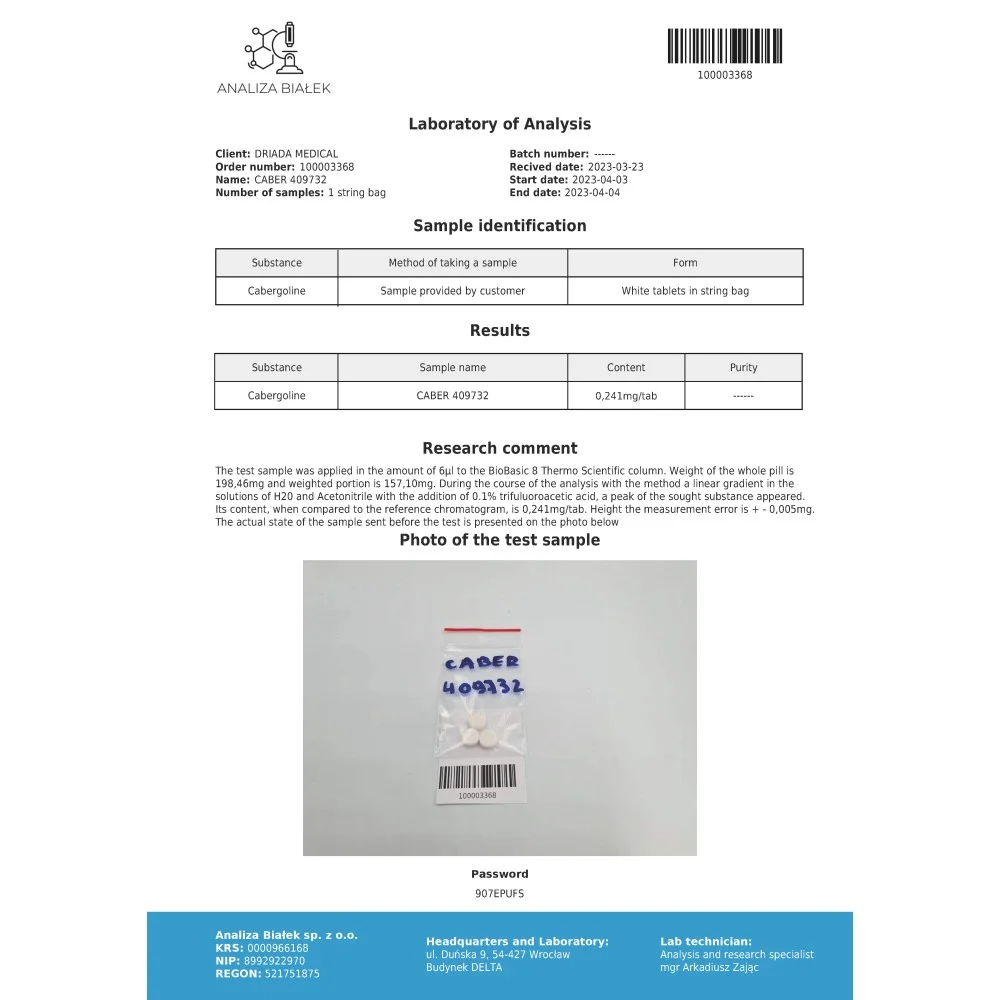
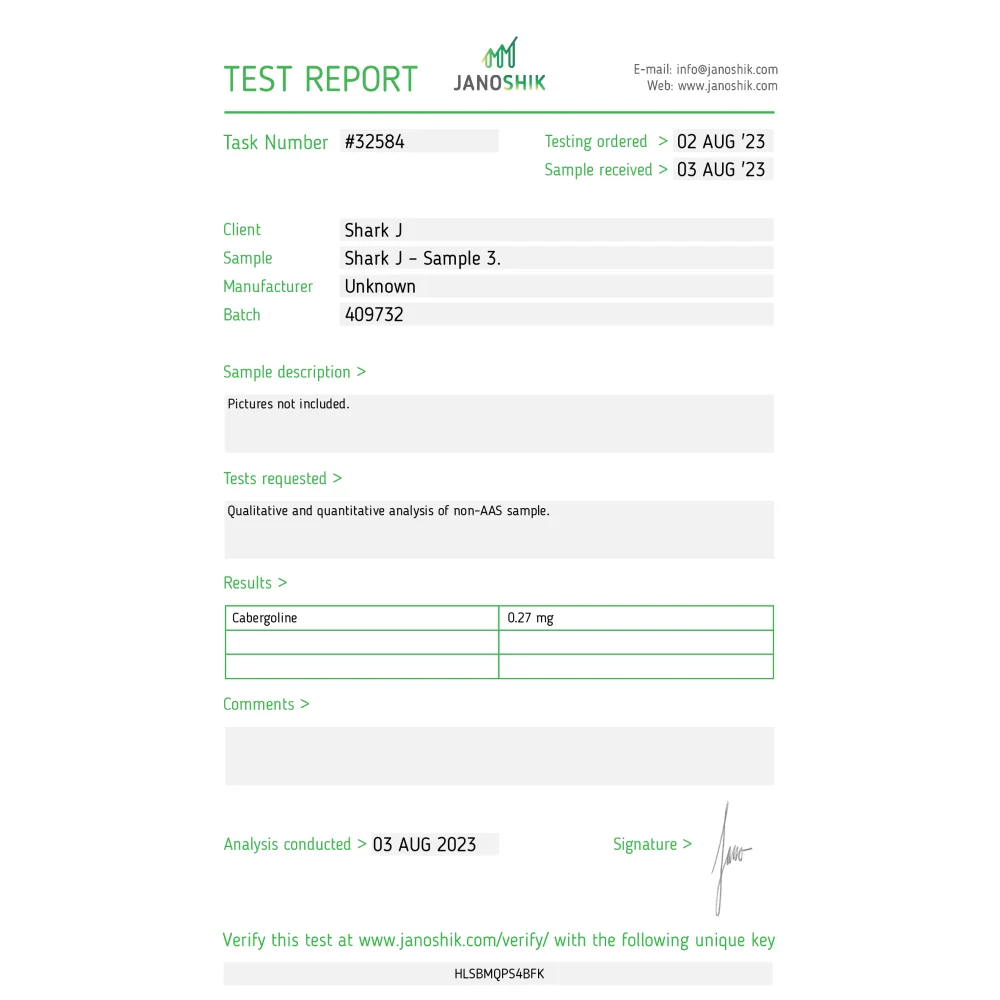


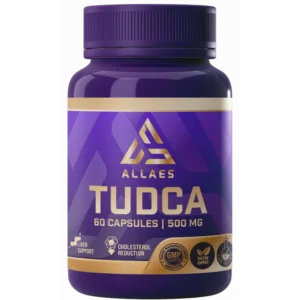
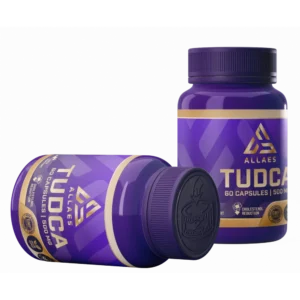

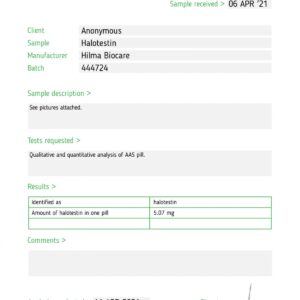
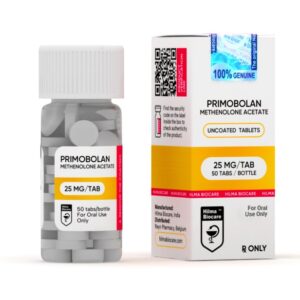
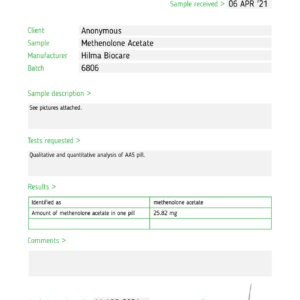
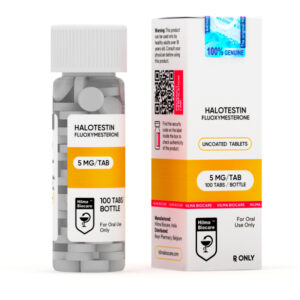
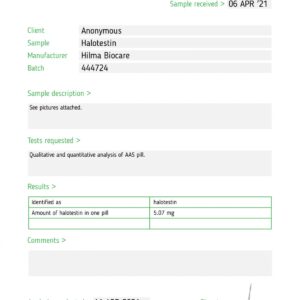
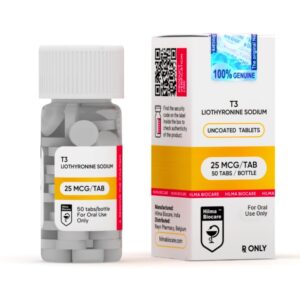
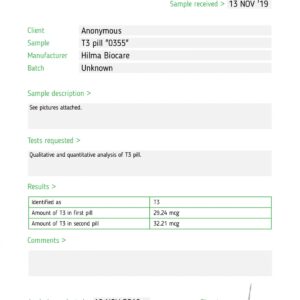
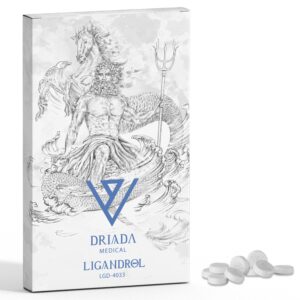
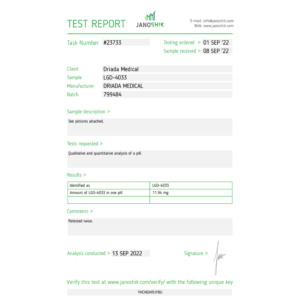
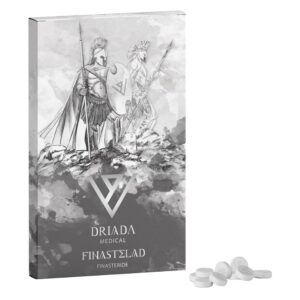

Reviews
There are no reviews yet.